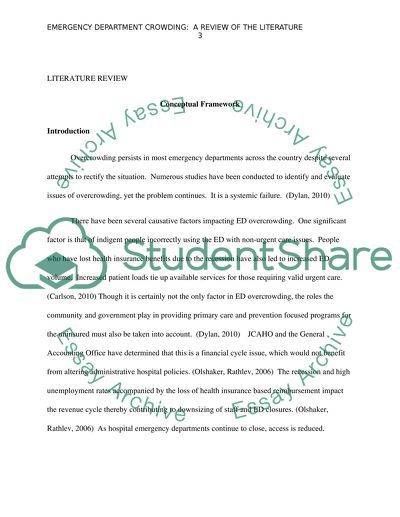Cite this document
(“Emergency Room Crowding: An Integrated Literature Review Essay”, n.d.)
Retrieved from https://studentshare.org/family-consumer-science/1413937-emergency-room-crowding-an-integrated-literature
Retrieved from https://studentshare.org/family-consumer-science/1413937-emergency-room-crowding-an-integrated-literature
(Emergency Room Crowding: An Integrated Literature Review Essay)
https://studentshare.org/family-consumer-science/1413937-emergency-room-crowding-an-integrated-literature.
https://studentshare.org/family-consumer-science/1413937-emergency-room-crowding-an-integrated-literature.
“Emergency Room Crowding: An Integrated Literature Review Essay”, n.d. https://studentshare.org/family-consumer-science/1413937-emergency-room-crowding-an-integrated-literature.


